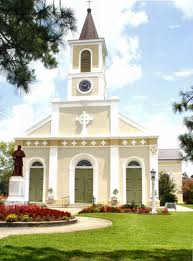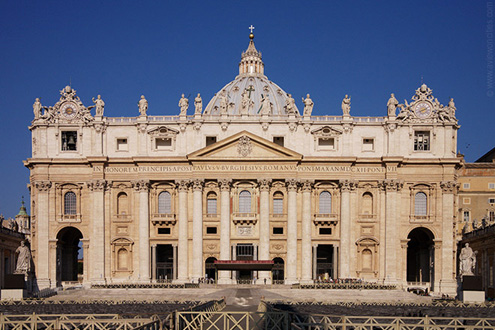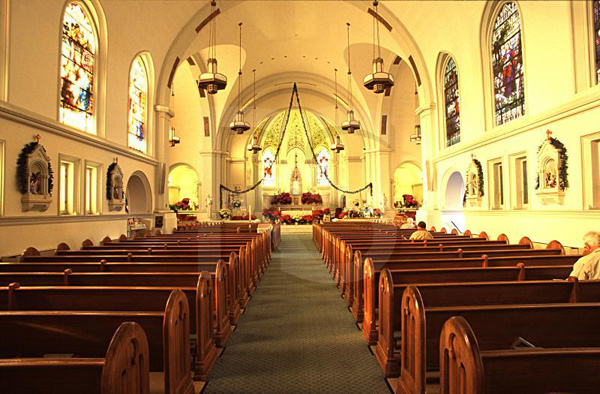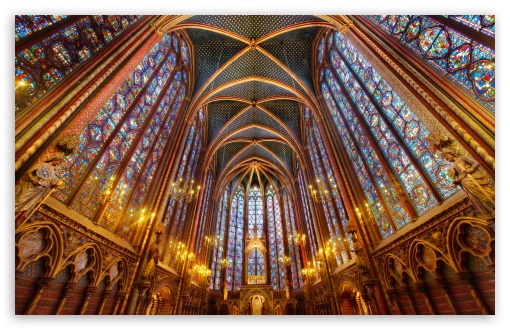Foucault's theory regarding institutions of power and their apparatuses and technologies is discussed in his novel The Birth of the Prison brings various observations to light as a means of clarifying the function of the architecture of the prison itself as an apparatus and its effects upon the prisoners. One of the key points to Foucault's argument is noted on page 229 in which Rose states that the prison acted as the "...new regime of punishment" in which "these docile bodies [the prisoners]...disciplined themselves." To deconstruct Foucault's argument, let us first consider Foucault's definitions of discipline, which Turner describes as "the notion of increasing personal regulation resulting in a 'disciplinary society' or a society based on carceral institutions." (183). Thus, it is not so much the carceral institution itself, but rather the architecture of the prison, which acted as the disciplinary. Foucault refers to the one high tower called the panopticon, which provided the warden with the abilities to survey the entire establishment. Granted, the prisoners themselves could not view their authoritative figure, however the representation of the panopticon itself, the visuality and symbolism of the tower as one of a constant, omnipresent present power served as a consistent reminder to the individuals that they were constantly being watched.



|
Exhibitions of the Catholic Church's power can be viewed both inside and outside the church walls. From historical basilicas to locally consecrated churches, the outward appearance of Catholicism as an edifice has consistently been noted as one exuding qualities of both superiority and opulence. Thus, within the broad spectrum that is religion, the Catholic Church serves not only as a symbol of attainable redemption, but power. Though the various architectural styles may range from Gothic to more modern, the continual yet varying depictions of churches have identified themselves as locations of new found grace, practiced reverence, and ultimately a beacon where one’s spiritual health is not only a priority, but rather an answer. This undeniable confidence presented by the Church not only solidifies the idea that those who are a part of it know the truth, which Foucault defines as "the antidote to rhetoric" but even more so augments the firm belief that it is indeed an institution of high esteem rooted in power" (McKerrow 253). While the development of authority and control within the Catholic Church can most obviously be noted through its social aspects (i.e. the hierarchy within the Vatican), the distribution of power is also highly visible in the varying forms of places of worship. The structural, and therefore symbolic, differences between churches, cathedrals, and basilicas serve as prime illustrations of unequal representations of power in places that essentially have the same function. Thus, while all three structures may serve the same purpose, which ultimately is to serve God and share His Word with the masses, the highly notable aesthetic differences in each building present varying prerequisites the necessary amount of reverence and respect expected in each building. The church, for example, acts as the most humble of buildings. Though in comparison to other Christian places of worship a Catholic Church may appear excessively opulent in stature, the church itself is no more than a communal space specifically consecrated for the members of the parish to come together for mass. The Catholic edifice advances in required reverence with its next religious space, the cathedral. Like the church, the cathedral is also a place where masses are held, couples are betrothed, and babies are baptized. However unlike local congregations, cathedrals act as the chief church of the diocese within that particular area. More importantly, the cathedral of any diocese is where the Bishop is based. Not simply a priest, the Bishop reigns above both priest and deacon in his position within the social hierarchy of the Catholic faith. Lastly, the basilica acts as the most opulent and revered of all. Once again, it serves the same purpose as both the church and cathedral, however its presentation to the public, and more importantly, its patrons, demands the utmost respect and reverence. The basilica not only symbolizes a place of absolute truth, but godliness. Therefore suggesting that those located within, and even more so, holding positions of power hold are knowledgeable individuals when it comes to difficulties in this life and the next. All in the all, basilicas, such as that in St. Peter’s square in Rome are deemed churches of pre-eminence, not only because of their outward appearance which features both skillful architecture as well as meticulous detail, but rather their historical significance that has stood the test of time, and more impressively, the test of an evolving culture. Thus, while each religious edifice may vary in appearance and as an effect symbolize varying requirements of reverence from its patrons, they serve the same purpose: to celebrate God and his grace, hold what is true, and possess power over those who do not. |
   |
| As it relates to the Catholic Church, multiple aspects from its architecture, the progression of the mass, to the symbolism of each individual, both priest and patron, represent some sort of governmentality within the institution. That is to say that the church itself provides a particular discourse in which Catholics, some more devout than others, attempt to appeal to the better nature of an all seeing God. If we take into consideration the architectural/spatial aspects of a Catholic church, we can note the presentation, and rather separation between the priest and his congregation simply because the priest, along with other leaders, such as the deacon, can be located at the front of the church closest to Jesus Christ. This distance creates and further symbolizes each individual's place, or rather role, within the church - some are made to feel big, while others are made to feel small. In relation to Rose and Foucault, the Catholic church doesn't necessarily represent a regime of punishment, but rather a regime of judgement. Its production of Catholics, all of whom are being "watched" by the head of the church, the saints, each other and above all the spiritual representation of Jesus Christ, somewhat brings Foucault's theory of panopticon to a new level in the sense that the material aspect of the representation of fear is removed and instead replaced by the fervent belief that someone else is in charge. Thus, through this somewhat "invisible" sense of panopticon, in combination with an overwhelming sense of governmentality, the church's production of "Catholics" provides a vivd illustration of the ways in which an institution calls its subjects into existence, formulating practices which are considered the norm, and even more so bestowing an overwhelming sense of significance upon the objects and their symbolism within the church. |
Spatiality of the Church